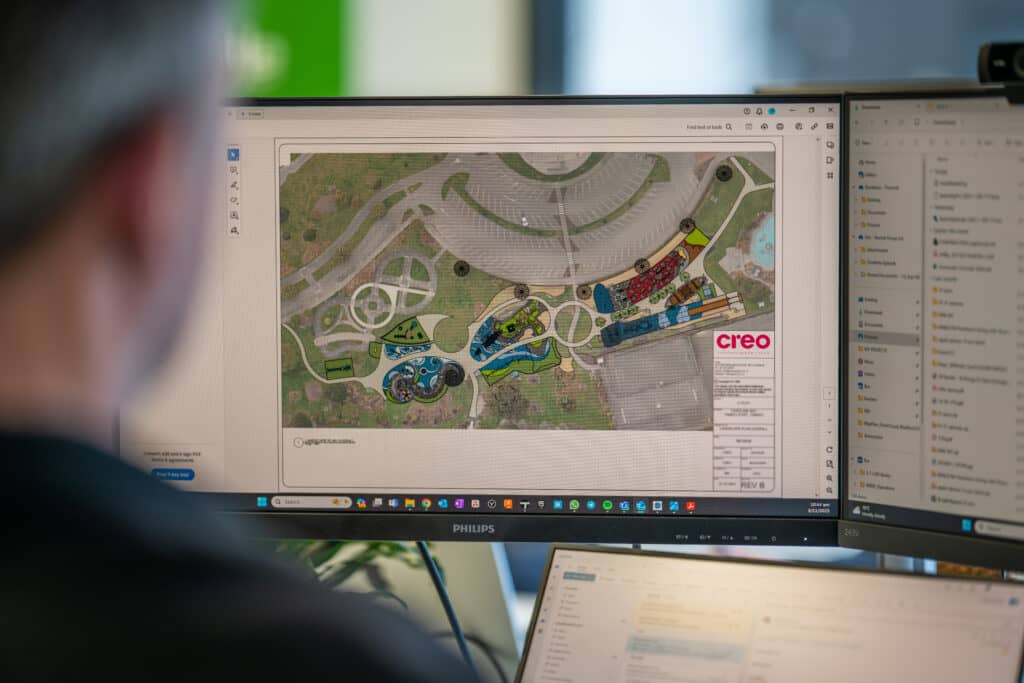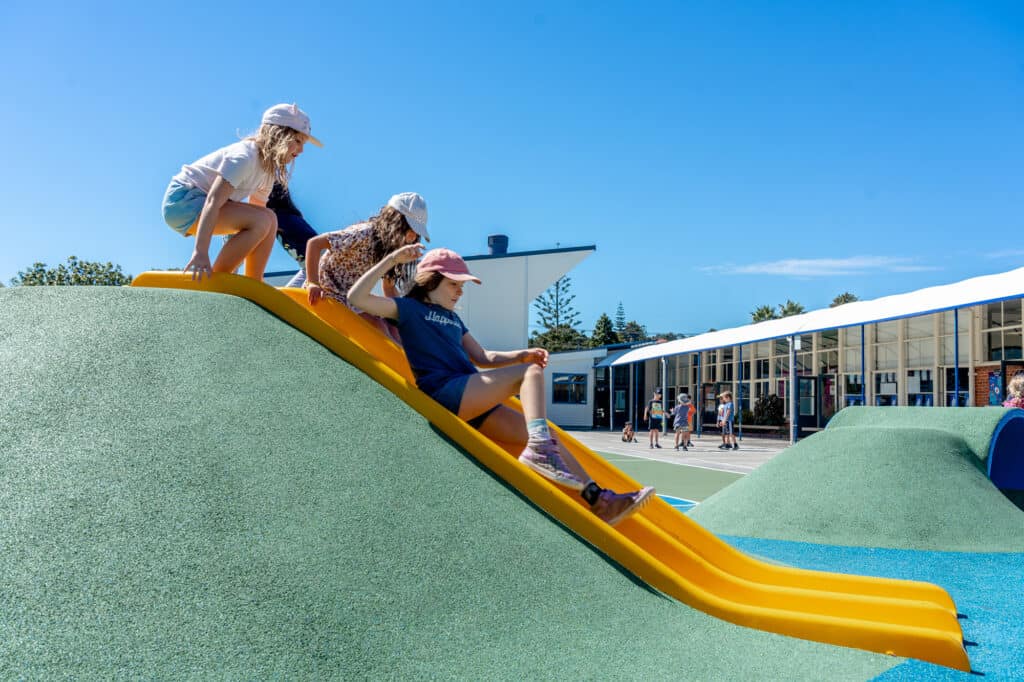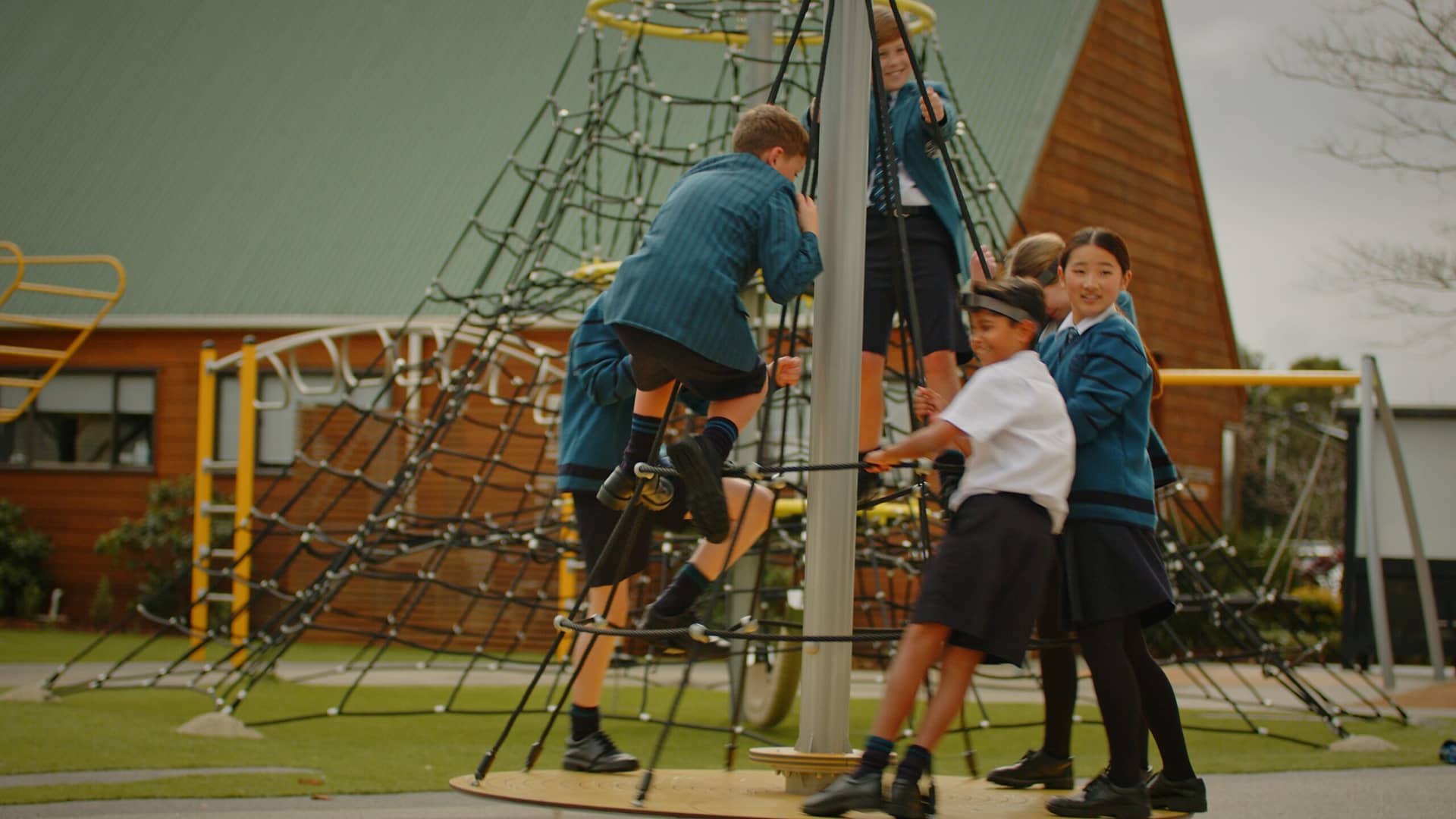If you are in the process of upgrading your school playground, it is essential to know which ones are out there and which are the best that will fit your space, budget and type of play you are looking for. In this article, we will cover some of the best playground equipment you can add to your school.
Types of Equipment
The Staples: Swings, slides, and carousels remain the heart of playground fun. They exist in many playgrounds, and your school can only benefit from them. It would be best to remember that some of this equipment only caters to one user at a time.
Nature Play: A significant 2024 trend involves returning to nature by creating circular spaces for natural play. Think of changing your plastic material equipment to more natural-looking ones made out of robinia and other wood.
Big Structures: These add significant play value and can accommodate many users simultaneously, offering a cost-effective solution for creating inclusive spaces. They can cost more upfront, but if well-designed, they can maximise the play value of your area.

Unprescribed Play: Beyond traditional staples, integrating features that encourage children to invent new ways to play enhances overall play value. These elements foster skill development, such as creativity and problem-solving, through play.
Learning-Focused Areas: Making play educational yet fun is crucial. Children often resist the idea of blending learning with play. Utilizing equipment like sensory panels and educational elements can effectively encourage children’s developmental skills.

What’s Best for You?
Every playground is unique, so determining the best equipment for your space can be challenging. Below, we provide examples to navigate the vast array of equipment options tailored to your design preferences and space requirements.
Small Spaces: Maximizing play value is essential in urban areas or schools with limited space. Vertical play structures, like high slides with sensory play panels, are ideal. Additionally, floor drawings and creative surface uses can enhance the play experience.
Large Spaces: With more room, the equipment options are virtually limitless. However, maintenance considerations are vital. Opt for equipment that concentrates play in specific, age-appropriate areas. Features like 3-bay swings, towers, and slides effectively confine play to designated zones. Adding obstacle courses and relaxation areas can further enrich the environment if space allows.
Difficult Terrain: For uneven landscapes, flying foxes are excellent. Utilising the terrain’s natural contours maximises your budget and the play’s value. Incorporating water play and other sensory elements can also enhance these areas.
Inclusive: Catering to all abilities is crucial, especially in schools with diverse student needs. Basket swings, ramps, and towers with varying access heights allow children of all abilities to play together. Inclusive seesaws and trampolines are also valuable additions. Choose equipment that is universally accessible, ensuring no child is excluded.
Ultimately, the best playground equipment for your school depends on your specific needs, available space, and budget. High structures, for example, will necessitate safety surfacing.
For more information on selecting the ideal playground equipment for your school, contact our specialist team at 0800 000 334 or email us at [email protected].











